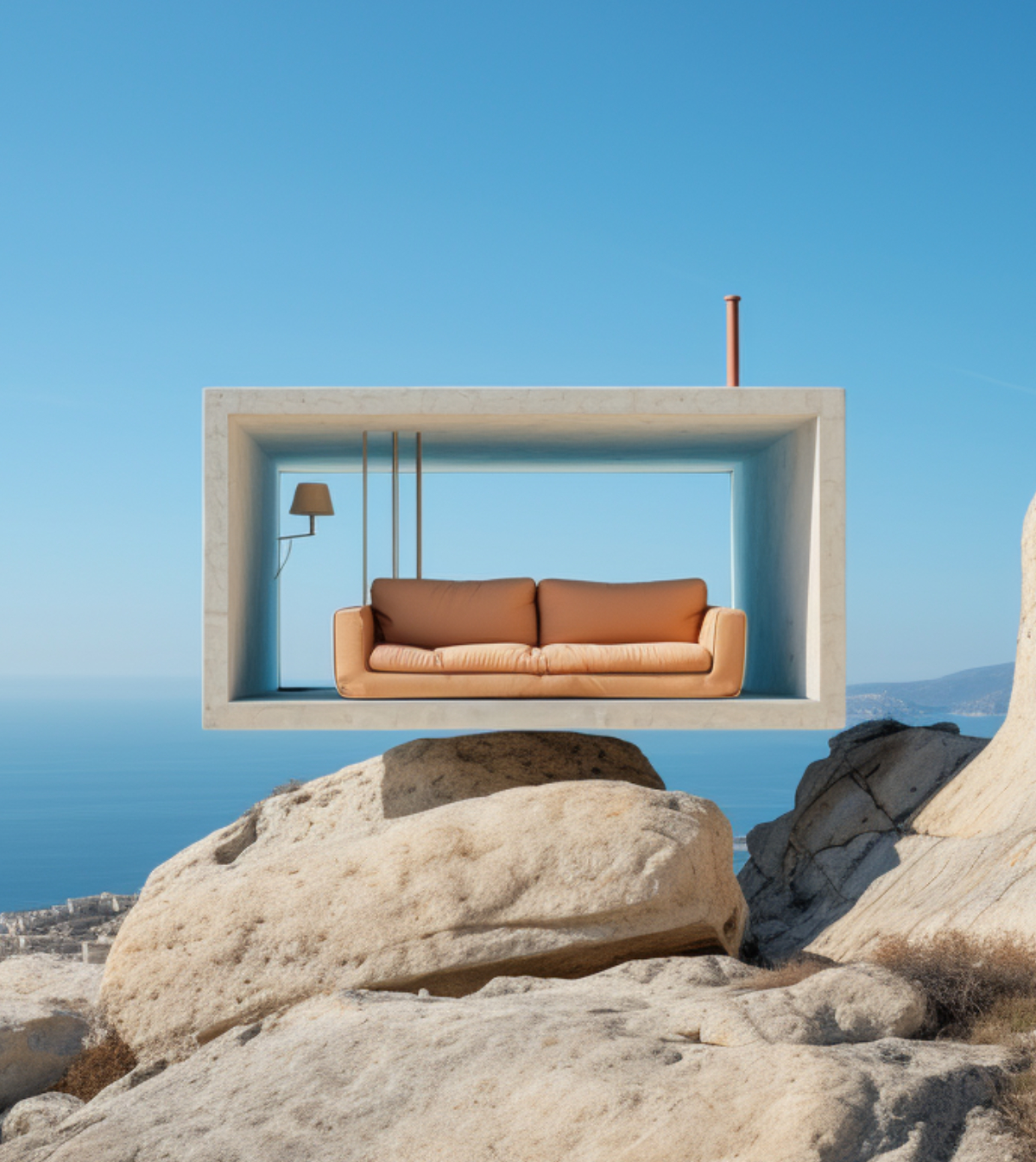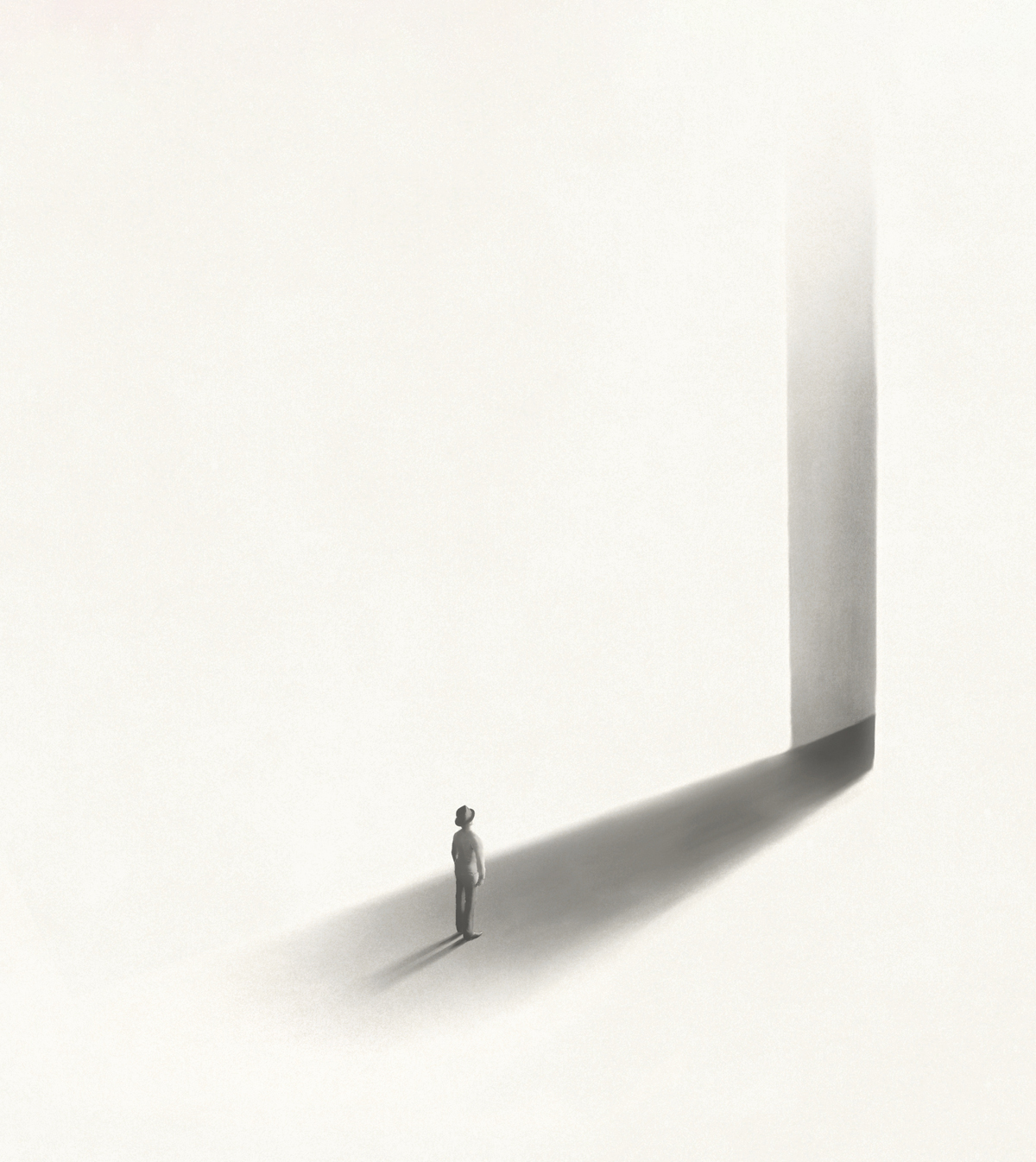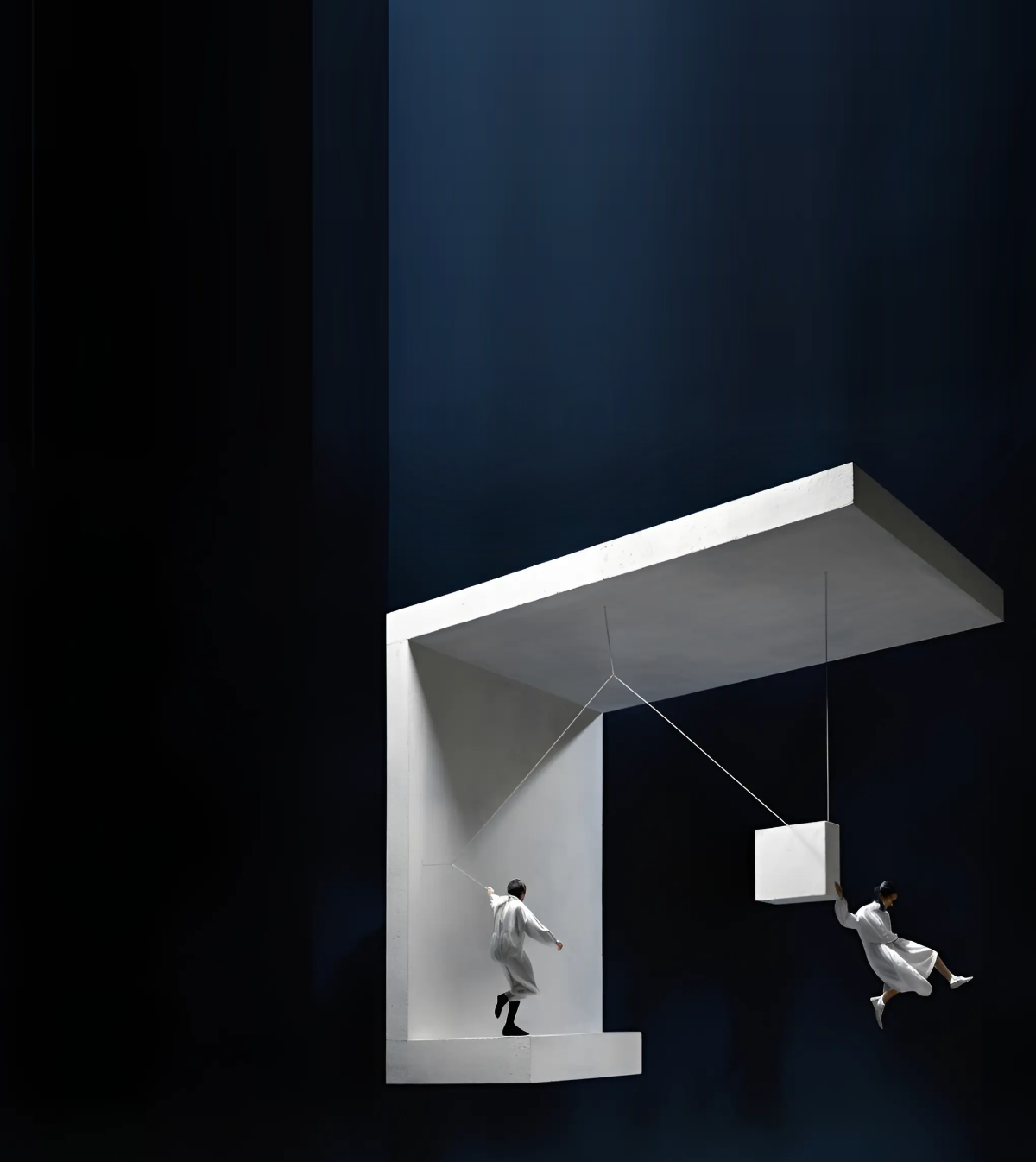We’d like to take the opportunity to introduce you to one of our Honorable mention winners for our “Yoga House On A Cliff” competition – Kayen Montes and Carola Terreni from Argentina!

Kayen Montes from Argentina
I am an architect from Argentina where I graduated from FADU – Universidad de Buenos Aires, obtaining a diploma in Architecture and Urbanism. Currently, I practice in London, UK, where I relocated last year to pursue a master’s degree in architecture and design.
Early in my career, I joined architecture offices to practice as a designer, focusing mainly on competitions and the development of public and private projects. This path has taken me to collaborate with offices like DPRO, Marantz, and Alric Galindez in Argentina; Pei Architects, Sasaki, and OBRA Architects in the US, and others in between, like Maryann Thompson + Bonder.
On this particular occasion, I decided to approach the Yoga Shala Competition on my own, while consulting closely with Carola Terreni, an expert in Buddhist philosophy, yoga practices and movement therapy. In this way, I attempted to materialize a concept strongly evident in the everyday practice at Vale de Moses.
Competitions like Yoga House on a Cliff are the initial steps into materializing momo___architecture, an idea of a platform/studio where I look forward to studying the possibilities of an architecture practice through the collaboration with individuals and institutions across the world.
Brief information about the projects that you/your company have been involved with. For instance, what scale have you focused on/preferred, any significant projects where the company/ individuals have been involved?
Initially, I became increasingly interested in the complexity that the public sector in Argentina (Buenos Aires in particular) demands in relation to architecture and urbanism. Therefore, when looking to improve my technical and professional skills, I sought out an office that engaged this challenge. At DPRO, I had the opportunity to develop the master plan for Universidad Nacional de San Martin and later on to design the buildings within it. Simultaneous work at these two scales exposed me to the political factors and socioeconomic variables and helped me realize how these always affect our design processes and projects.
Recently, I have engaged practices that operate strictly in the private sector, working on competitions and direct biddings alike. Outstanding experiences in this phase have been: Globant’s Iconic Building – International Competition in Tandil, Buenos Aires, working alongside with a talented team of architects/students and three offices that came together to tackle this complex project. Another noteworthy experience was the Martin and Loretta King’s Memorial in Boston competition, where I worked alongside a varied team composed by artists, landscape designers, philosophers, and architects.
What does architecture mean to you and what is the role of an architect in your society?
I believe architecture plays a crucial role in defining our societies. It influences social behaviour by providing a framework in which we interact with others and our surroundings. We are living in a critical moment where, as designers, we have the moral responsibility to broaden the scope of our fields. We need to continuously expand our knowledge and push ourselves to better understand the social impact of our actions and appreciate the environmental traceability of our productions.
Why do you participate in architecture competitions? What advice would you give to individuals who struggle to decide whether it would be beneficial for them to participate in architecture competitions?
In my own experience, participating in design competitions in general is always about growth, whether it be on a professional level or a personal one. During intense experiences like these, I have found opportunities to understand and perfect my design process and learn about new representation methods or political/anthropological/artistic layers that affect each project, all while immersing myself in the study of one’s own special obsessions or building techniques that otherwise might not be relevant in my daily practice.
Top 3 Reasons Why You Should Enter Architecture Competitions
Curious about the value of architecture competitions? Discover the transformative power they can have on your career - from igniting creativity and turning designs into reality, to gaining international recognition.
Learn more























